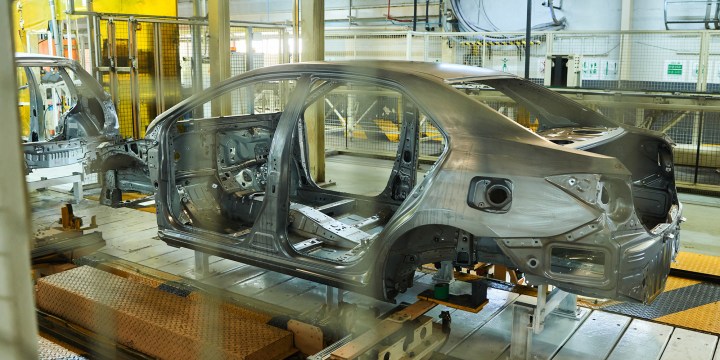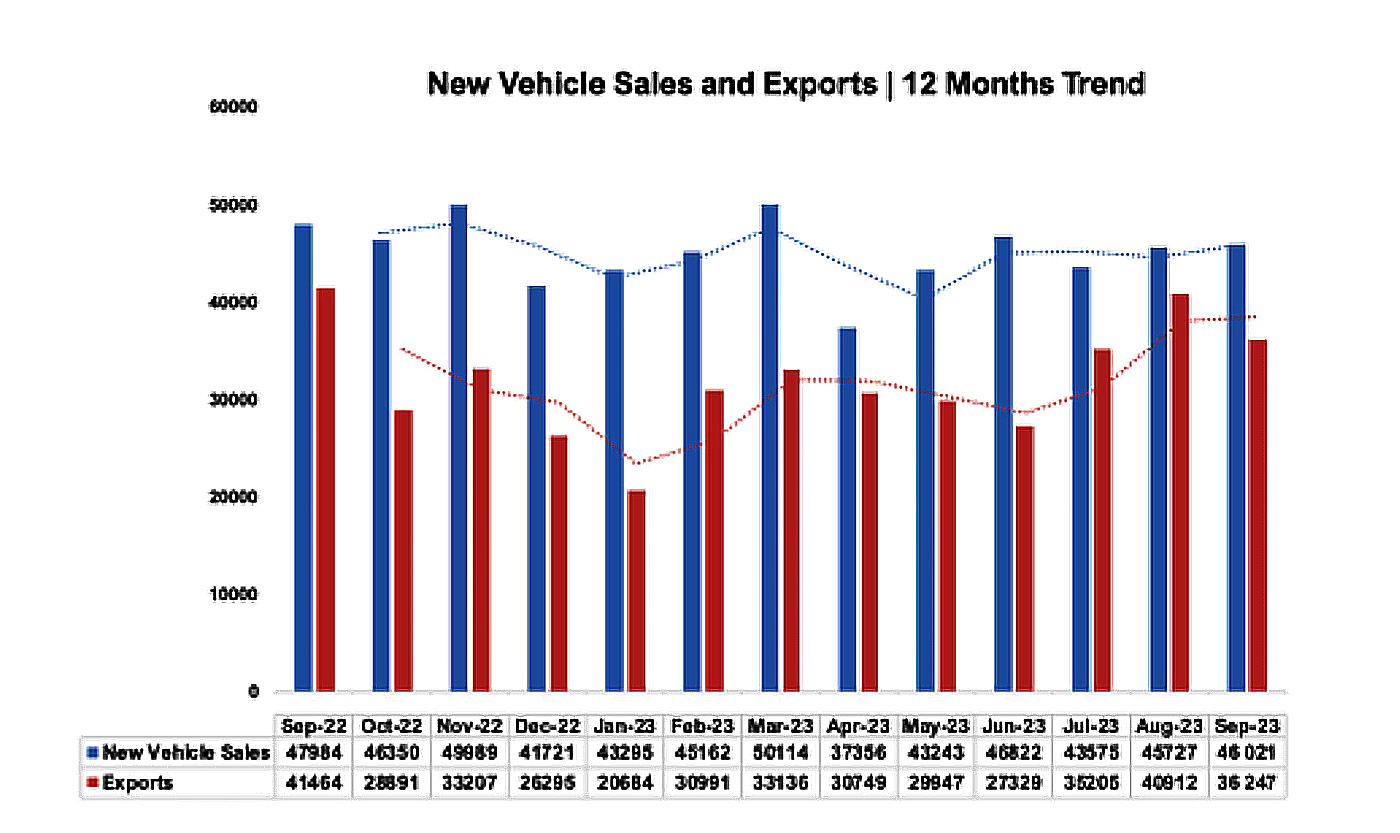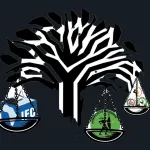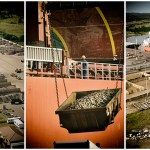MOTOR INDUSTRY
South Africa’s automotive sector appears to be stalling

Sales dropped by more than 4% in September, as inflation, high debt levels, the fuel price and other pressures slowed demand for new vehicles.
After posting bumper sales in recent months, the latest data from the Automotive Business Council (formerly known as the National Association of Automobile Manufacturers of South Africa – Naamsa) indicate that the sector is slowing down, with 4.1% fewer sales for September. And there are concerns that a range of external factors, including affordability, high debt levels, inflation and the fuel price are starting to overload the local industry.
Naamsa said the industry sold almost 2,000 fewer units last month: aggregate sales totalled just 46,021, which were down by 1,963 units from the 47,984 vehicles sold a year ago. Export sales were also down year on year by 5,217 units, or 12.6%, to 36,247 units in September 2023.
The new passenger car market in September was down by 2,723 cars – or -8.4% – YoY.
About 80.7% of new vehicles were sold through dealers, 13.6% were sold to the vehicle rental industry, 2.9% to corporate fleets and 2.8% to the government.
Local sales of new light commercial vehicles, bakkies and minibuses were up by 581 units, or 4.6%, while medium vehicle volumes were down by 44 units (a 5.1% decline) year on year. Truck sales continued to climb, with 2,356 units sold in September, a 10.5% increase year on year.
Vehicle exports were now 8.3% up on last year. Sales of motor vehicle parts and accessories and other transport equipment grew by 9.5%.
Naamsa blames various external business factors, including the higher fuel prices, inflation, the exchange rate, ongoing issues in transport logistics, Eskom’s incapacity to meet industry’s energy demands, the volatility in commodity prices and the “intricate external environment”, which exerted significant pressure on the automotive industry’s key performance indicators last month. It says that despite these difficult market conditions, the industry has displayed a “modest yet commendable” resilience in year-to-date new vehicle sales and export performance for September 2023.
Consumer affordability and higher debt levels are a key concern for the industry. Although the South African Reserve Bank held the repo rate at 8.25% in September 2023, household debt surpassed household disposable income by 62.5% in the second quarter of 2023, according to the South African Reserve Bank Quarterly Bulletin.
At last week’s SA Auto Week, Naamsa president and CEO of Isuzu Motors South Africa Billy Tom said they were fighting hard to protect the future of the industry. “When it comes to certain aspects like policies to support the growth of the NEV [new energy vehicle] segment, we are lagging [behind] other African countries such as Morocco, Egypt and Kenya. That is why we, as an industry, are eagerly awaiting the announcement by the SA government in this regard on 1 November 2023 [Medium-Term Budget Policy Statement].”
Tom also explained that the success of the industry lay in successful collaborations and securing high levels of investment to secure growth.
Gauteng Premier Panyaza Lesufi and his Eastern Cape counterpart, Oscar Mabuyane, said they were collaborating with Naamsa, the National Association of Automotive Component and Allied Manufacturers, and government roleplayers to ensure that the Eastern Cape doesn’t lose its competitive advantage.
The Eastern Cape plans to instal 13 battery electric vehicle charging stations by March 2024, with help from the Automotive Industry Development Centre.
The automotive industry contributes 4.9% to South Africa’s GDP – 2.9% to manufacturing and 2% to retail.
In 2022, vehicle and automotive component exports were valued at R227.3-billion, which is about 12.4% of the county’s total exports. DM


















Comments - Please login in order to comment.